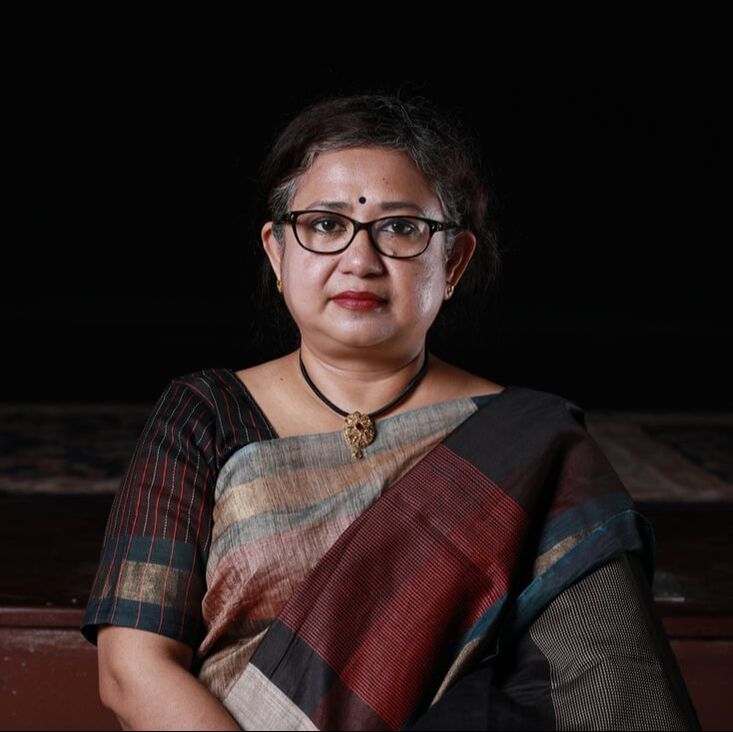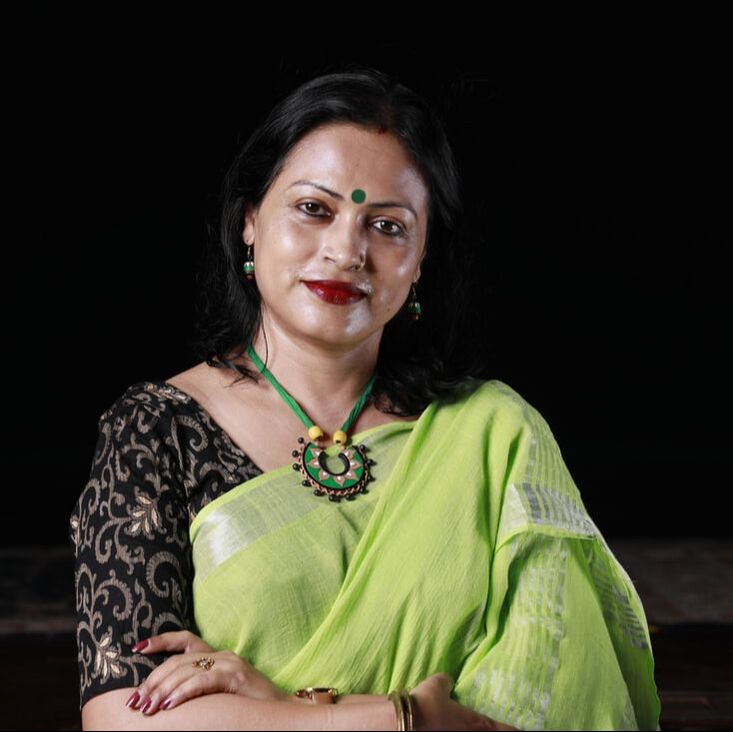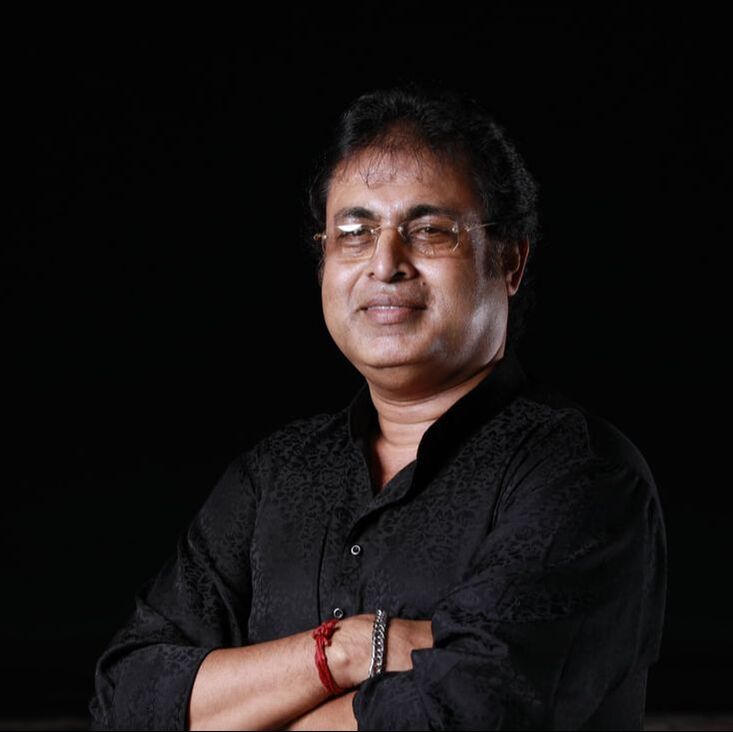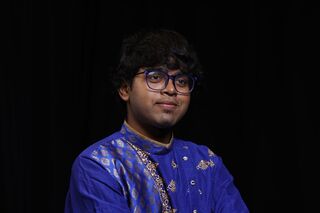Hindustani Vocal
Classes
What is Hindustani Vocal Music?
Hindustani music originated in North India – it is a tradition that has been continuously evolving since the 12th century. It was around this time that Hindustani classical music diverged from what eventually came to be identified as Carnatic classical music. The central notion in both these systems is that of a melodic mode or raga, sung to a rhythmic cycle or tala.
Around 1900, Vishnu Narayan Bhatkande consolidated the musical structures of Hindustani classical music, called ragas, into a number of thaats. Indian classical music has seven basic notes with five interspersed half-notes, resulting in a 12-note scale. The performance is set to a melodic pattern called a raga characterized in part by specific ascent (aroha) and descent (avaroha) sequences, which may not be identical.
Hindustani vocal music has two forms, Dhrupad and Khayal. Dhrupad is the more ancient form, with very strict norms of presentation; while Khayal which evolved later, permits more freedom with regard to presentation. The Hindustani vocal taught in SIFAS is of the khayal variety.
Around 1900, Vishnu Narayan Bhatkande consolidated the musical structures of Hindustani classical music, called ragas, into a number of thaats. Indian classical music has seven basic notes with five interspersed half-notes, resulting in a 12-note scale. The performance is set to a melodic pattern called a raga characterized in part by specific ascent (aroha) and descent (avaroha) sequences, which may not be identical.
Hindustani vocal music has two forms, Dhrupad and Khayal. Dhrupad is the more ancient form, with very strict norms of presentation; while Khayal which evolved later, permits more freedom with regard to presentation. The Hindustani vocal taught in SIFAS is of the khayal variety.
Our Hindustani Vocal Tutors
Begin Your Journey Today
Want to enrol in SIFAS? Become a member and register as a student.
Contact UsSingapore Indian Fine Arts Society
2A Starlight Road, Singapore 217755 TEL: +65 6299 5929 FAX: +65 6295 1238 Media and partnership contact details: [email protected] |
Begin Your Journey TodayWant to enrol in SIFAS? Begin your classes as soon as the start of next month! Become a member and register as a student: |
Find UsInformation is correct at the time of publication.
Copyright of SIFAS 2023. |




